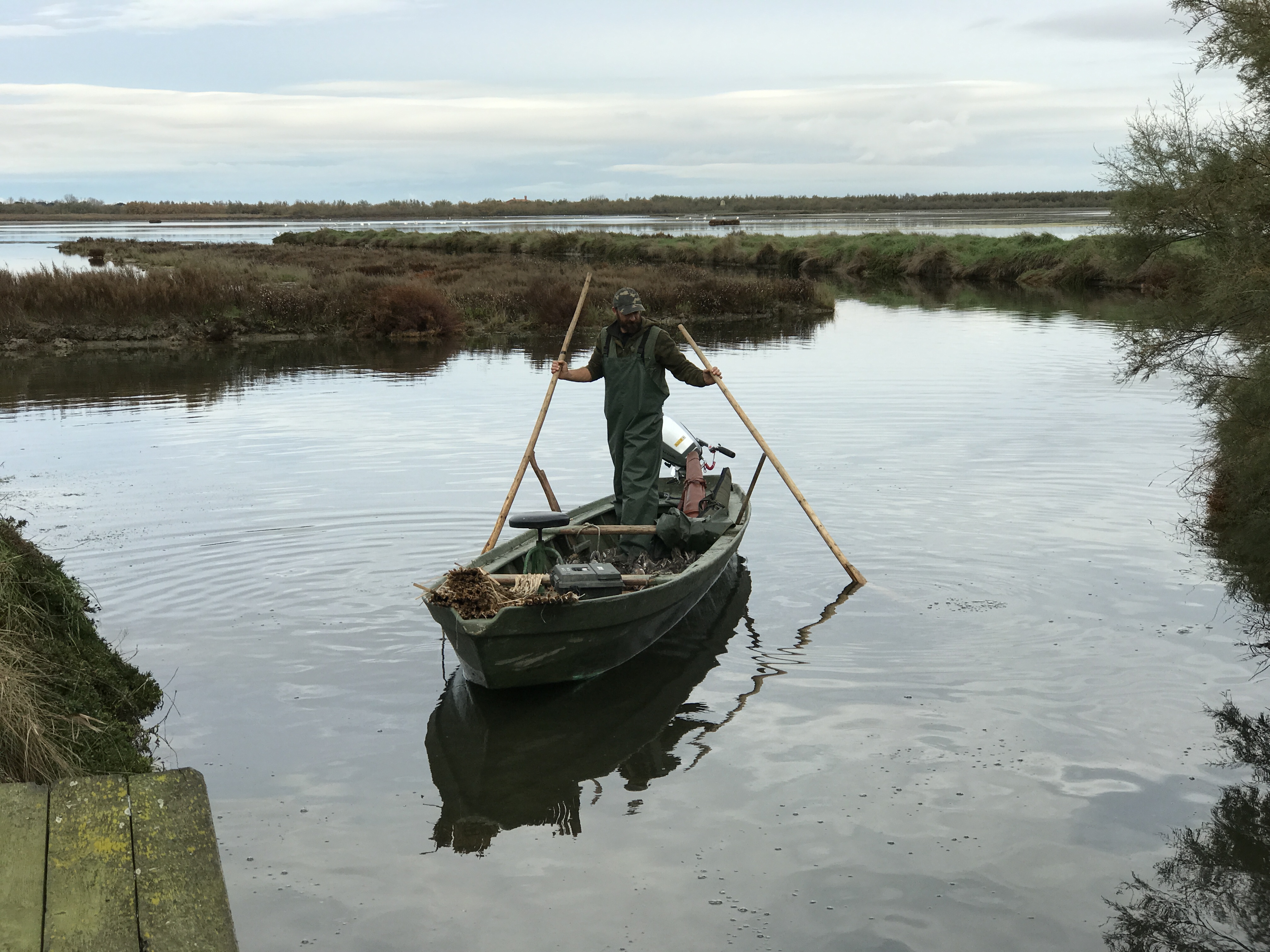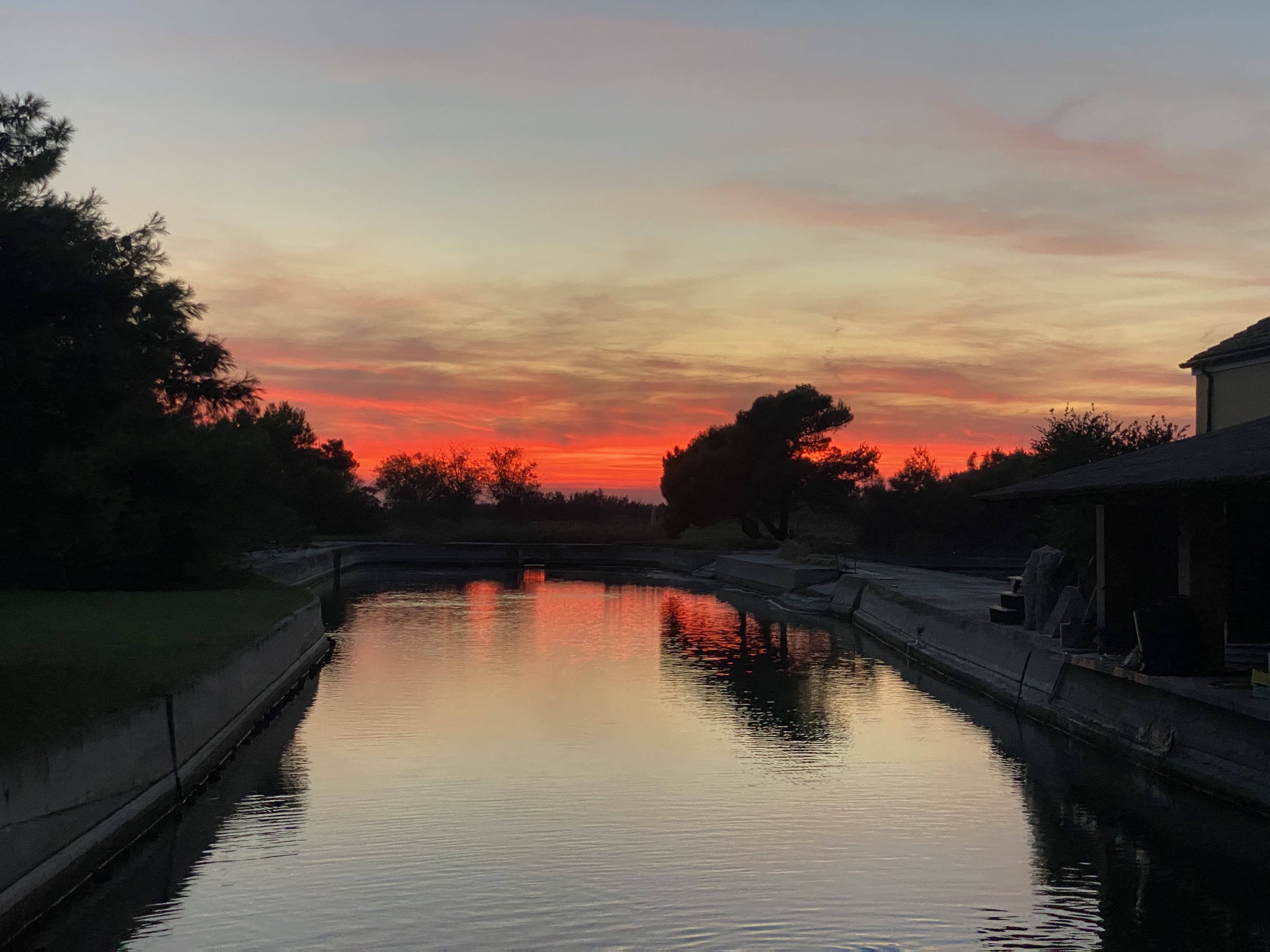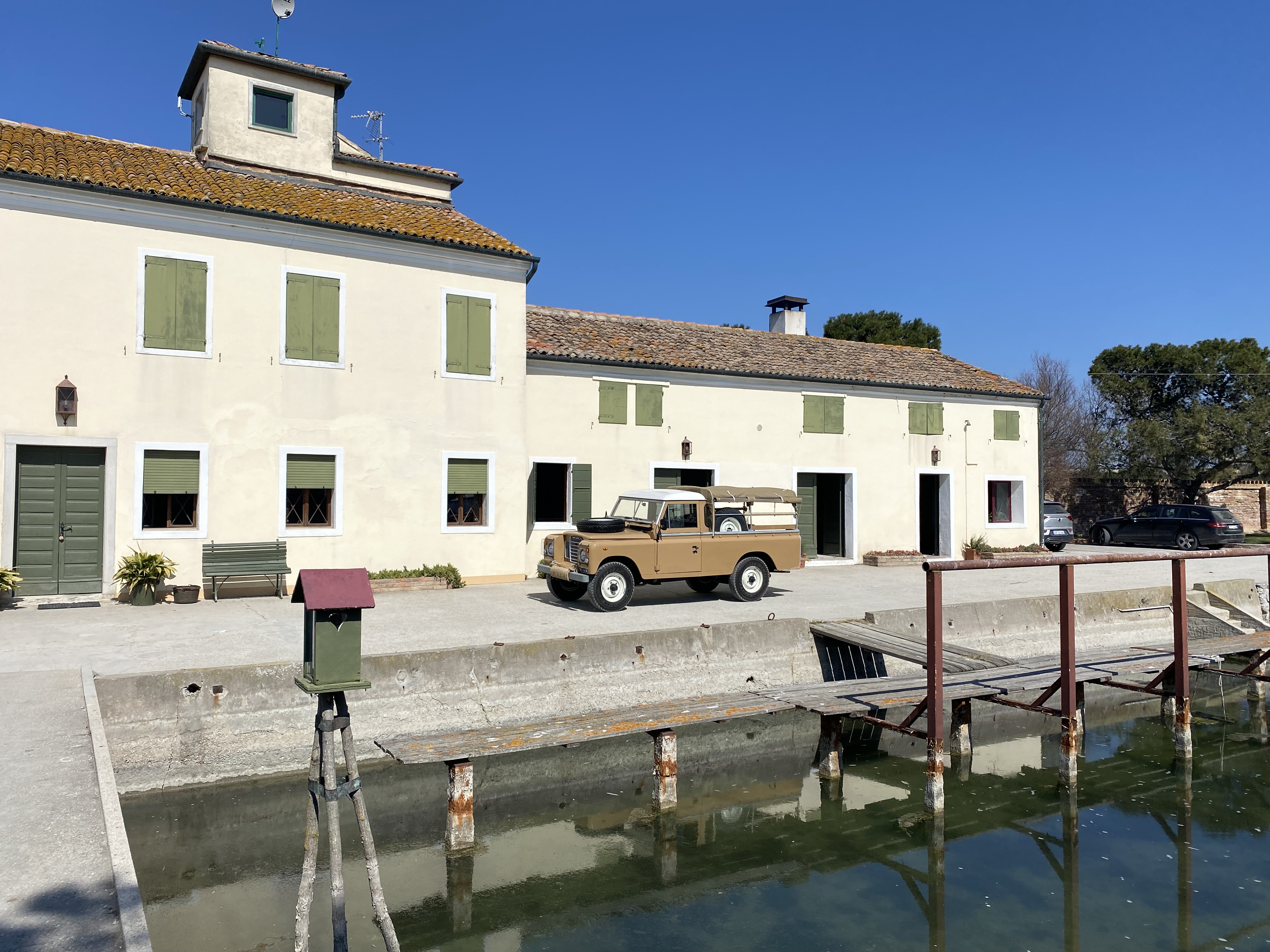
Origin and history of the valleys
Valle San Leonardo between past and future
Origins and evolution of the valleys
Fishing valleys are basins of brackish and shallow water enclosed by embankments, called “vallum,” with which humans closed off the lagoons. The difference between a valley and a lagoon lies precisely in the ability of humans to regulate the inflow and outflow of water, whether salty or fresh, for the management of various typical activities.
The valleys of the Po Delta, of alluvial origin, represent a transitional environment because they constitute one of the necessary stages in the “construction” of this territory, which has seen the sea turn into land.
In this slow process of building the territory, fishing valleys represent the best example of interaction between humans and the environment, an example of human “knowledge” that adapts to the variability of the Delta.
The result of this interaction is a landscape that appears as a wonder of nature but is actually so only thanks to human labour: an ecosystem of extraordinary importance and beauty where vast plant and animal communities coexist in a unique environment.

The history of Valle San Leonardo
Owned by the same family for four generations, it is a precious treasure trove of biodiversity, history, traditions, and culture.
The current state of the valley, of alluvial origin, formed over the centuries after the breach of Ficarolo (1152) and the cutting of Porto Viro (1550), carried out by the Serenissima of Sabbadino, has been constantly transformed mainly by human activity until 1951-1970 when the phenomenon of subsidence began, namely the lowering of the ground by almost two meters due to the massive extraction of methane gas from underground.
This phenomenon has disrupted the water management system of the valleys, which was initially based on tides and now depends on pumping by drainage pumps in the reclamation consortium.


